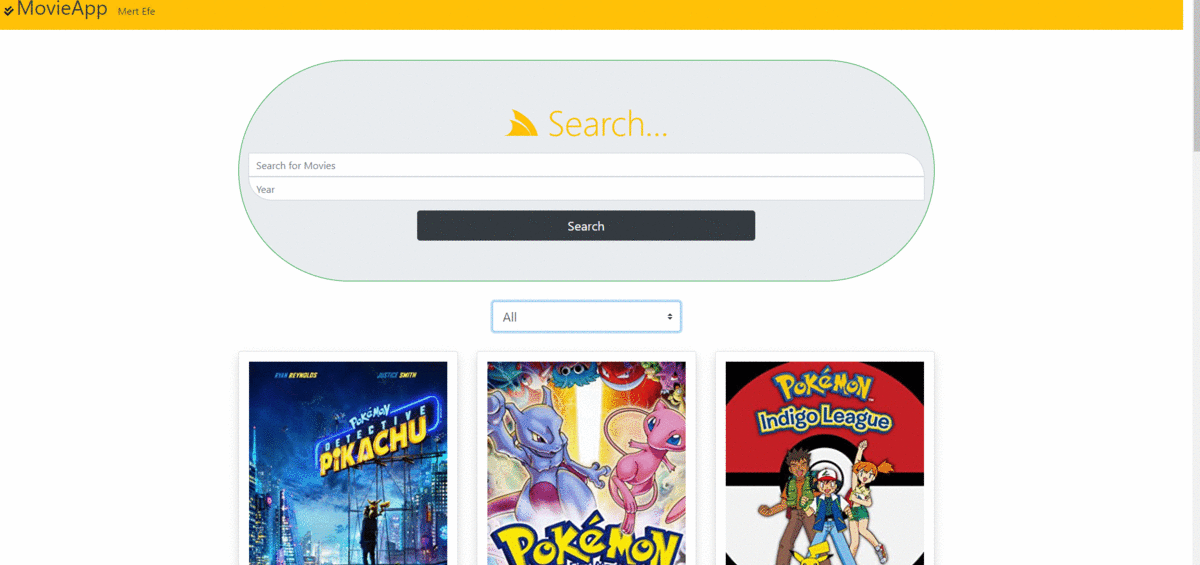
- #REACT ROUTER DOM BROWSERROUTER VS HASHROUTER HOW TO#
- #REACT ROUTER DOM BROWSERROUTER VS HASHROUTER INSTALL#
- #REACT ROUTER DOM BROWSERROUTER VS HASHROUTER CODE#
- #REACT ROUTER DOM BROWSERROUTER VS HASHROUTER SERIES#
We’ve created the file, Navbar.js in the /components folder. Remember from the design, we have a component called Navbar that handles these links.
#REACT ROUTER DOM BROWSERROUTER VS HASHROUTER HOW TO#
Up next, you will learn how to add the navigation links. The Route with the earlier path should come first within the Switch.ĭon’t worry about the :slug as used above, we will get to that when we start discussing dynamic routing.Īt the moment, we can only navigate to the /about or error page by manually typing the page’s URL in the browser address bar. It serves as a fallback if none of the previous routes renders anything.įor this, with Switch, you declare a more specific path before the least specific.įor instance, if you have this path="/about/:slug" and this path="/about" in the s element.

Remember that the path="*" matches every instance. Once a match is found among the ’s elements, the stops looking for matches and render its JSX element. Now save your file and test your app by navigating from the index page to the about page and then to a non-existing page. Notice we have returned the exact prop to the index. It wraps all your elements, looks through them and then renders the first child whose path matches the current URL. Now to solve the NotMatch path, we will add a Switch.Ī Switch is another component from the react-router-dom that helps us render a UI. We solved the index path by adding an exact prop to its Route.

We understand from the earlier discussion that the Route path for the index, “/”, will always match the URL. We now see the index UI and that of the error page on every view. Something is common in the current settings. Now check your app and navigate around once again. To be clear, you can temporarily remove the exact prop from the index route and save your file. The error component always renders on those pages. If you save your file and navigate to /about or non-existing page. You can solve this by adding exact to the route like so: That is why if you go to your app will still render the UI.
#REACT ROUTER DOM BROWSERROUTER VS HASHROUTER CODE#
In this case, the Route path, “/” in the code above will always match any URL. Please note: Match here is referring to the beginning of the URL. If the view changes, it may no longer match the path. This path prop is used to identify the portion of the URL that the router should match. As you can see in the code, the path points to the home page. The Route component is responsible to render the UI when its path matches the current URL.

Save the file, you should still have access to the view from the home page.
#REACT ROUTER DOM BROWSERROUTER VS HASHROUTER INSTALL#
Head over to the terminal and install React router in your project (in our case, todos project).
#REACT ROUTER DOM BROWSERROUTER VS HASHROUTER SERIES#
We recommend you go back and brush your knowledge by following the Series from the beginning. If you are just joining the series, make sure you are familiar with React and quickly create a starter app using the Create React App CLI to follow along. We will start by installing the react-router-dom in our project. Here, our focus is on the web app and not native. React router, just like React has different but close implementations in the web environment and the native environment. This routing can either be a client-side (in our case) or server-side rendering. It is a third party library that allows us to seamlessly perform routing in React app. In React, we use React router to keep track of the current URL and renders different views as it changes. You can then apply the same logic to any React project you work with. In this section, you will learn how to manage a route in our todos app.



 0 kommentar(er)
0 kommentar(er)
